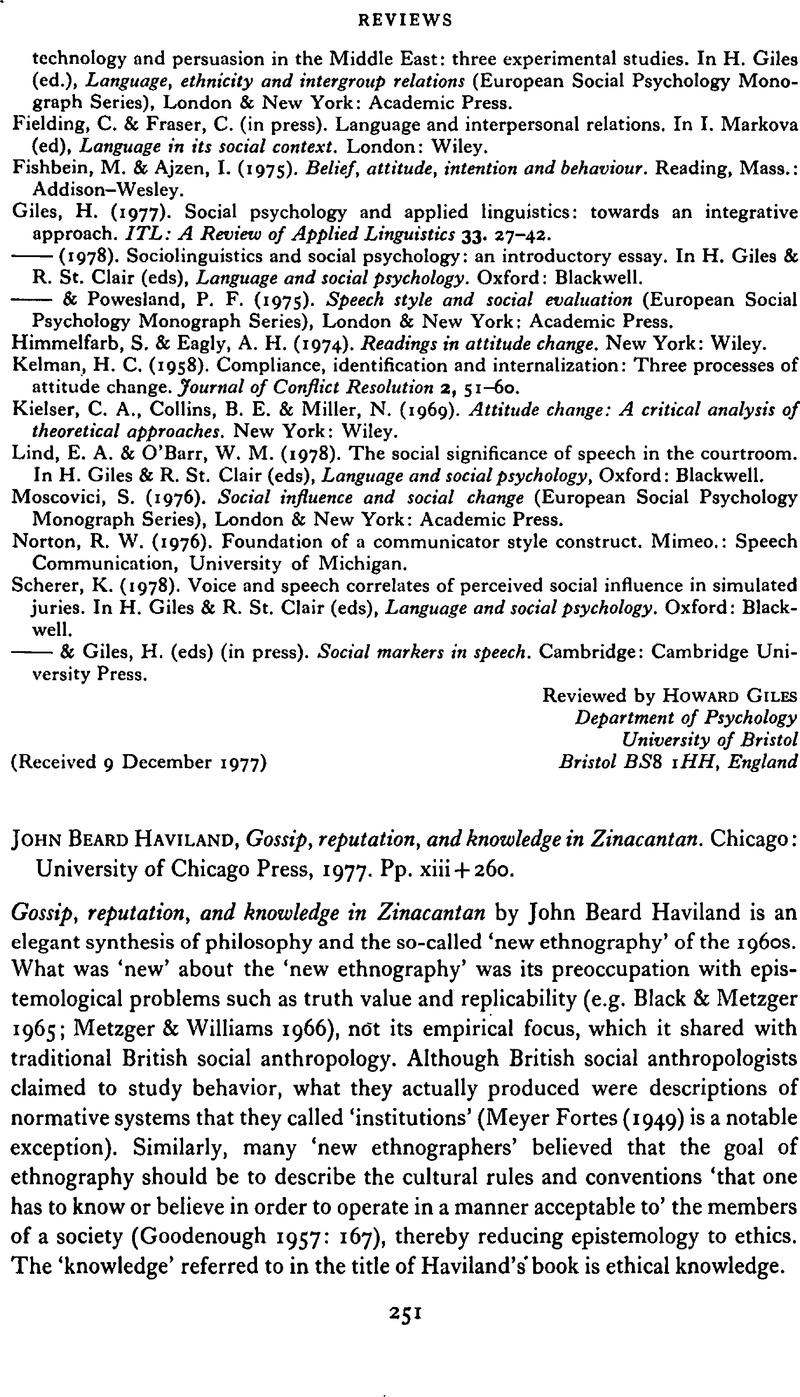Hymes, D. H. (
1971). Sociolinguistics and the ethnography of speaking. In
Ardener, E. (ed.),
Social anthropology and linguistics. (Association of Social Anthropologists of the Commonwealth: ASA Monographs, 10).
London:
Tavistock Publications.
47–
93.
Google Scholar 